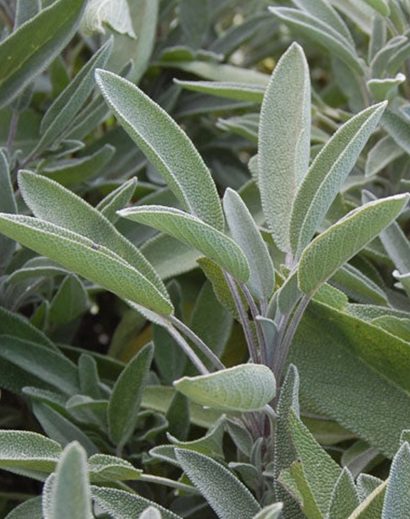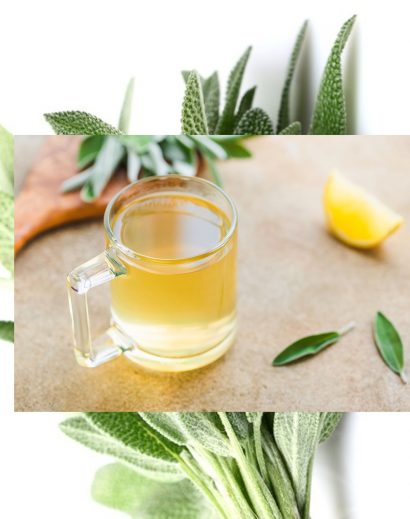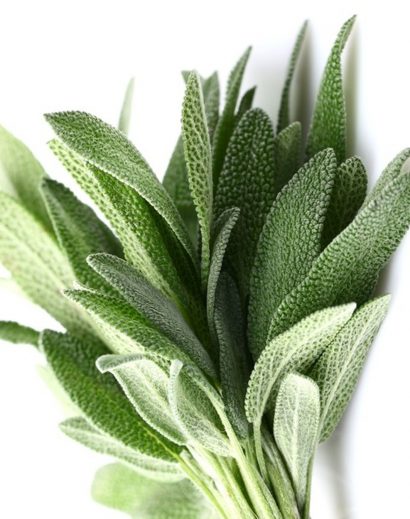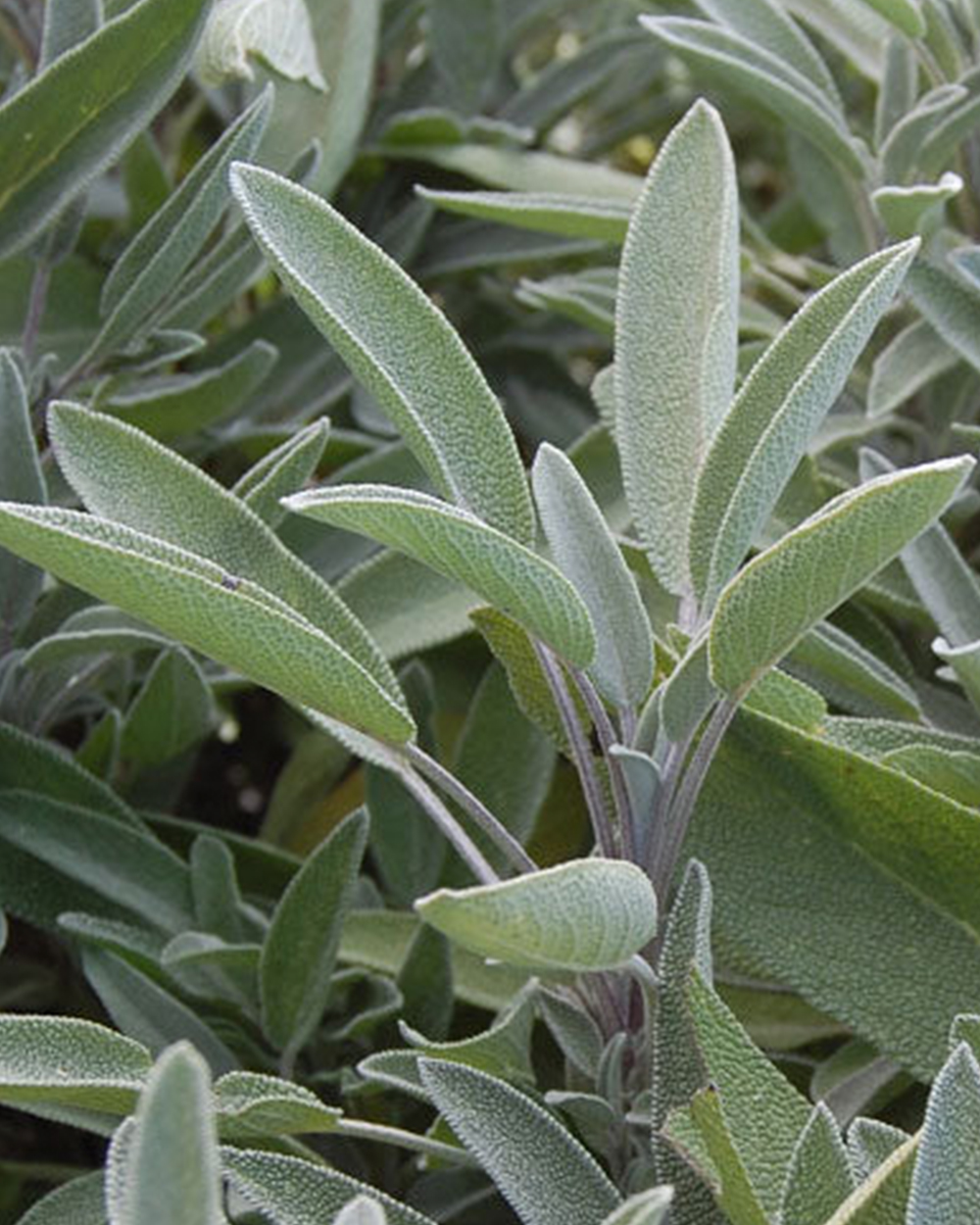Sage, scientifically known as Salvia officinalis, is a popular herb with a rich history of culinary and medicinal uses. Here’s a description of sage:
1. Appearance:
- Sage is a perennial herb that typically grows to a height of about 1 to 2 feet (30 to 60 centimeters).
- Its leaves are oblong, narrow, and grayish-green in color.
- The leaves are covered with fine, soft hairs, giving them a slightly fuzzy texture.
- Sage plants may produce small, tubular flowers that can vary in color, often ranging from purple to blue or white.
2. Aroma and Flavor:
- Sage is renowned for its strong, aromatic fragrance and robust flavor.
- The aroma is warm, earthy, and slightly peppery, making it a distinctive and recognizable herb in the kitchen.
- The taste of sage is savory, with a mildly astringent, slightly bitter undertone.
3. Culinary Uses:
- Sage is a staple herb in many cuisines, especially in Mediterranean and Italian dishes.
- It is often used to flavor roasted meats, particularly poultry and pork.
- Sage leaves can be chopped and added to stuffings, sauces, and soups.
- Fried sage leaves make a crispy and flavorful garnish for various dishes.
4. Medicinal Properties:
- Sage has a long history of medicinal use, primarily for its potential health benefits.
- It contains compounds with antioxidant and anti-inflammatory properties.
- Some traditional medicinal uses include soothing sore throats, aiding digestion, and relieving menopausal symptoms. However, scientific evidence supporting these claims is mixed and limited.
5. Cultivation:
- Sage is relatively easy to grow and thrives in well-drained soil and full sun.
- It can be cultivated in gardens or as a potted herb.
- Pruning sage plants can help them stay bushy and produce more leaves.
- Sage is drought-tolerant once established and is known for its hardiness.
6. Varieties:
- There are several varieties of sage, including common sage, purple sage, and golden sage. Each may have slight variations in leaf color and flavor intensity.





Reviews
There are no reviews yet.